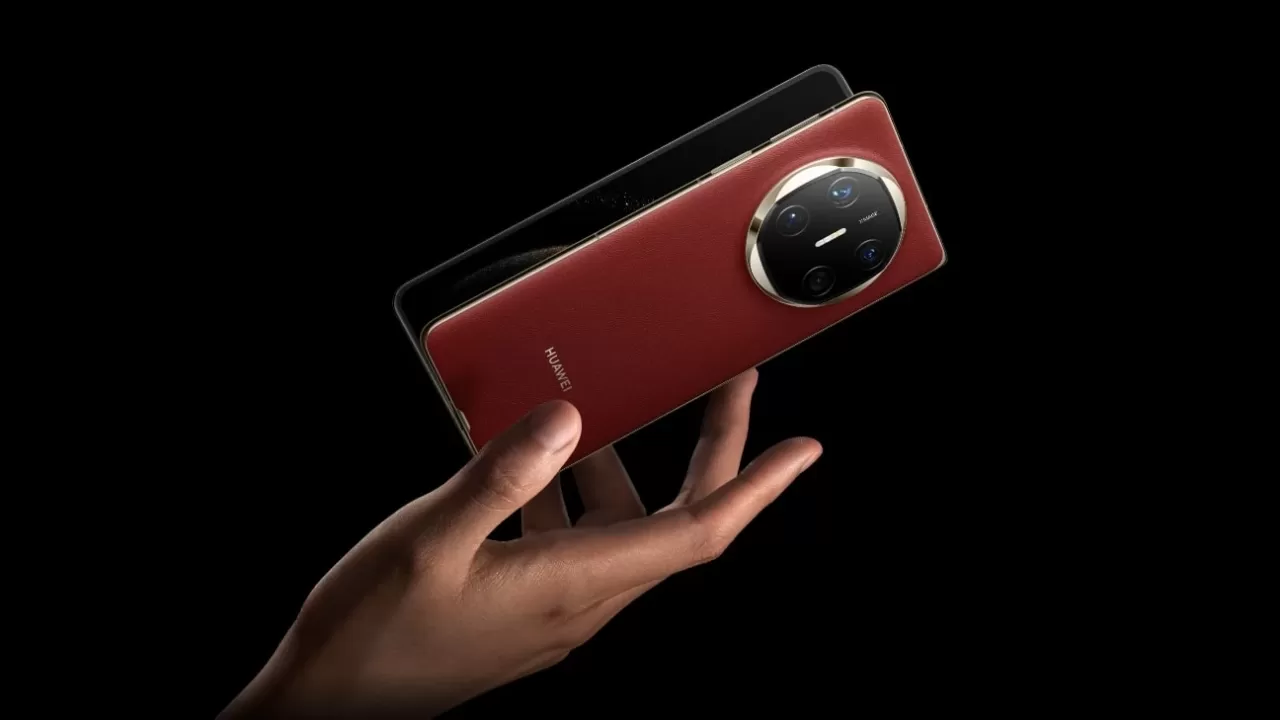
The Rise of Foldable Smartphones: A Detailed Analysis
Introduction
Foldable smartphones have emerged from the realm of niche devices for tech enthusiasts to become a growing segment of the smartphone market. This evolution has been particularly pronounced in China, where foldable devices have gained significant traction. A recent market analysis sheds light on the factors driving this growth and the key players shaping the landscape.
Market Growth and Penetration
The year 2024 witnessed a substantial increase in foldable smartphone sales in China. Counterpoint’s analysis reveals that foldable phones now account for 3% of total smartphone sales, representing a 27% growth compared to the previous year. This surge in popularity indicates the growing appeal of foldable devices to a wider audience.
Huawei’s Dominance
China is a fiercely competitive market for foldable smartphones, with numerous manufacturers vying for market share. Despite the stiff competition, Huawei has emerged as the undisputed leader in this segment. The brand holds a commanding one-out-of-two share of the foldable smartphone market in China. Huawei’s dominance is driven by popular models such as the book-style Mate X5 and Mate X6, as well as the clamshell Pocket 2 and Nova Flip.
Honor’s Strong Position
Honor has established itself as a strong contender in the Chinese foldable smartphone market. The company’s Magic Vs2 and Vs3 models have gained significant attention, propelling Honor to become the only brand besides Huawei with a double-digit market share.
Market Preferences
The research indicates a clear preference for book-style foldable models among Chinese consumers. These devices are more popular than clamshell models, with a significant 67% of users opting for book-style designs. The larger screens of book-style foldables offer enhanced usability, making them ideal for business purposes and multitasking tasks.
Factors Driving Growth
Several factors have contributed to the growth of foldable smartphones in China:
- Technological Advancements: Manufacturers have made significant progress in improving the durability and reliability of foldable displays. This has addressed concerns over display breakage and crease formation.
- Innovative Designs: Foldable smartphones offer unique form factors that differentiate them from traditional smartphones. The ability to fold and unfold the devices allows for multiple usage scenarios, such as transforming a compact device into a larger-screen tablet.
- Growing Consumer Demand: Consumers are increasingly seeking smartphones with larger screens and innovative features. Foldable devices meet this demand by providing a combination of portability and screen real estate.
- Competitive Pricing: The prices of foldable smartphones have decreased over time, making them more accessible to a broader audience.
Conclusion
Foldable smartphones have become a mainstream segment of the smartphone market in China. Huawei’s dominance and Honor’s strong position indicate the intense competition within this space. The preference for book-style models and the factors driving growth suggest that foldable devices will continue to gain traction in the future. As technology continues to evolve, we can expect further advancements and wider adoption of these innovative devices.
